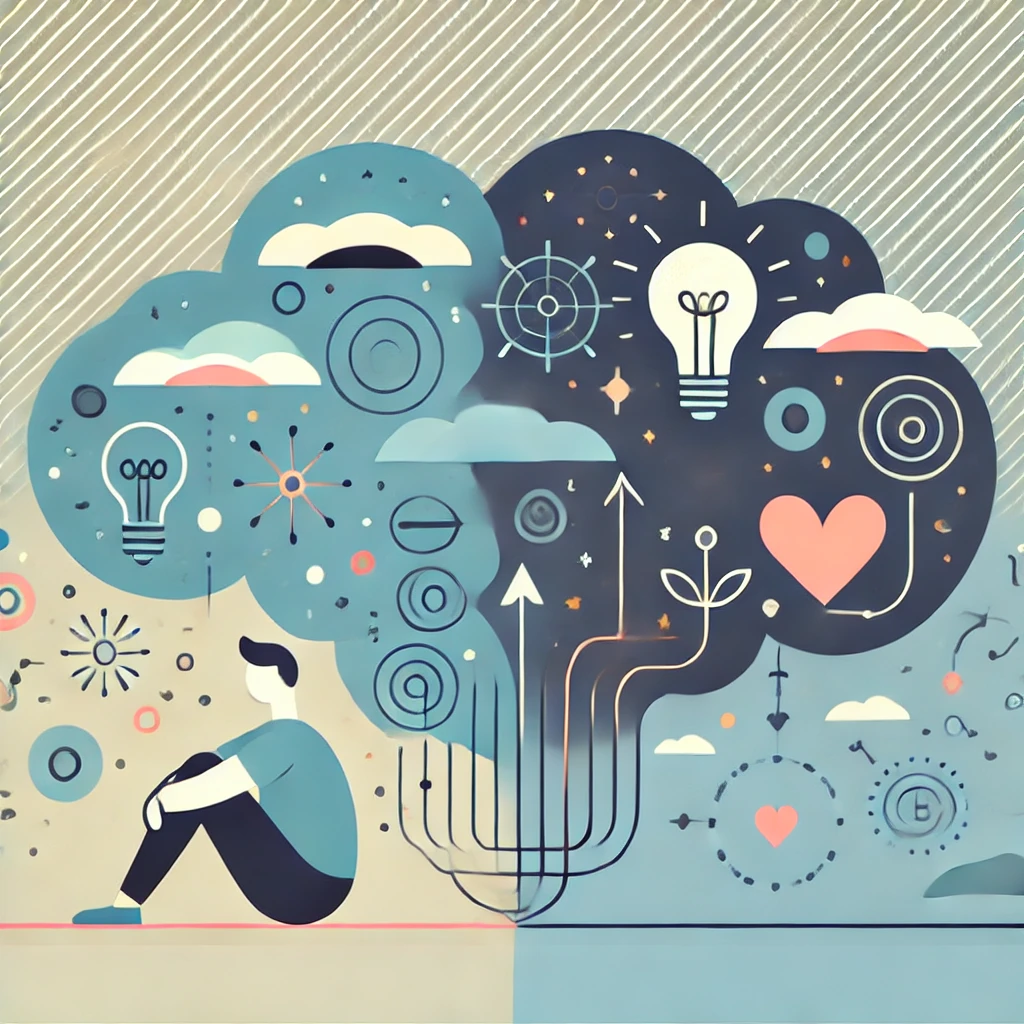The Dawn of a ChatGPT Moment in Robotics: The Role of AI World Models
By Milan Ishaq
Sahar R Deep
Introduction
The rapid advancement of artificial intelligence (AI) has been nothing short of revolutionary, reshaping industries, economies, and the very fabric of society. Among the most significant milestones in AI is the development of large language models like OpenAI’s ChatGPT, which have demonstrated unprecedented capabilities in understanding and generating human-like text. As we stand on the cusp of further breakthroughs, the concept of a “ChatGPT moment” for robotics emerges as a pivotal development poised to transform the field. Central to this transformation is the integration of AI world models, which hold the promise of enabling robots to perceive, understand, and interact with the world in more sophisticated and autonomous ways. This essay explores the impending ChatGPT moment in robotics, delving into the role of AI world models and the potential implications for the future of intelligent machines.
The ChatGPT Moment: Defining a Paradigm Shift
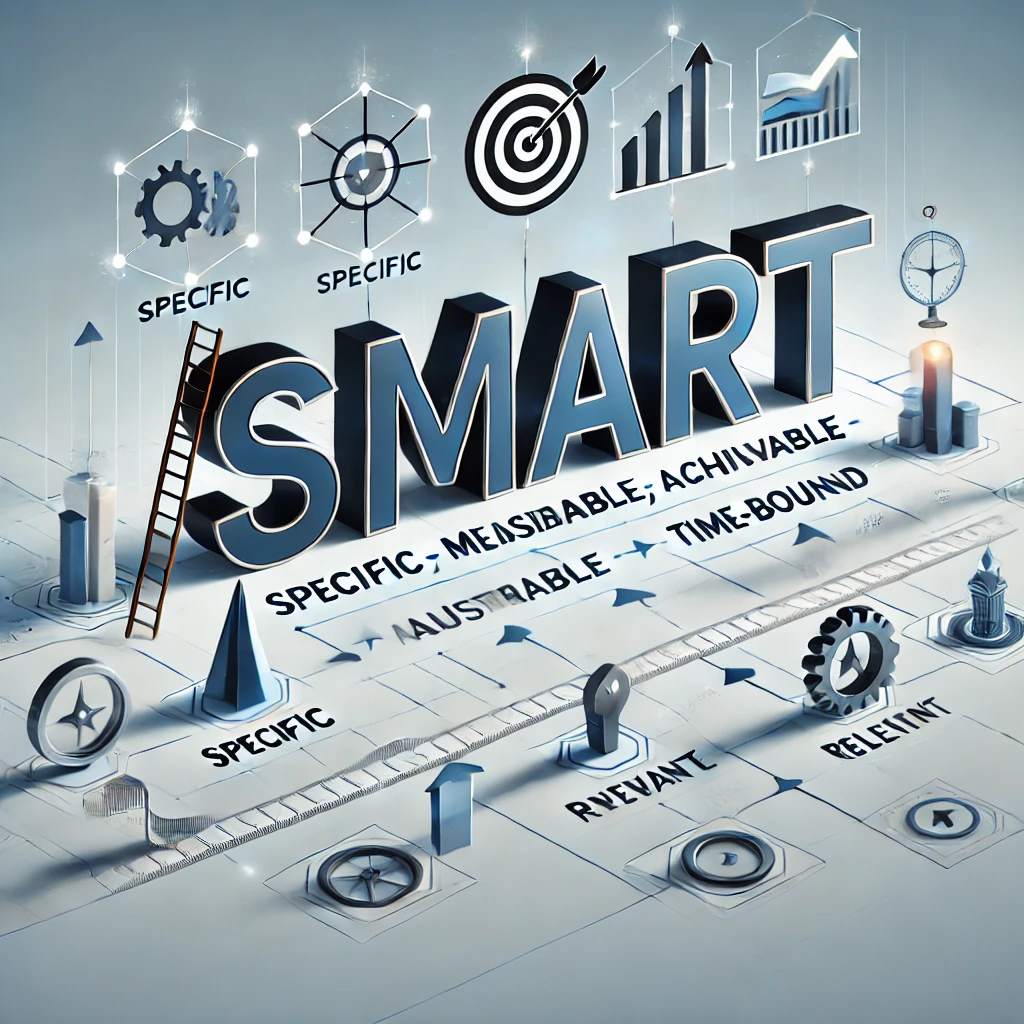
A “ChatGPT moment” refers to a transformative breakthrough in AI that fundamentally changes the landscape of a particular field, much like how ChatGPT revolutionized natural language processing (NLP). In robotics, such a moment would signify the convergence of advanced AI models with robotic systems, leading to machines that possess enhanced cognitive abilities, adaptability, and autonomy. This paradigm shift is anticipated to move robotics beyond repetitive, pre-programmed tasks to more dynamic and intelligent operations, capable of understanding context, learning from interactions, and making informed decisions in real-time.
AI World Models: The Foundation for Intelligent Robotics
At the heart of this transformative moment lies the concept of AI world models. An AI world model is a comprehensive internal representation of the environment in which a robot operates. It encompasses knowledge about objects, spatial relationships, dynamics, and even abstract concepts relevant to the robot’s tasks. By leveraging these models, robots can simulate and predict outcomes, plan actions, and adapt to unforeseen circumstances with greater precision and efficiency.
- Perception and Understanding: AI world models enhance a robot’s ability to perceive its environment through sensors and interpret complex scenarios. By integrating data from visual, auditory, and tactile sensors, robots can build a nuanced understanding of their surroundings, enabling more accurate object recognition, environment mapping, and situation assessment.
- Learning and Adaptation: World models facilitate continuous learning by allowing robots to update their internal representations based on new information and experiences. This adaptability is crucial for tasks that require flexibility, such as navigating unpredictable terrains or interacting with humans in dynamic settings.
- Planning and Decision-Making: With a robust world model, robots can simulate various scenarios and predict the outcomes of potential actions. This capability underpins sophisticated planning and decision-making processes, enabling robots to choose optimal paths, avoid obstacles, and achieve objectives efficiently.
Integrating Language Models with Robotics
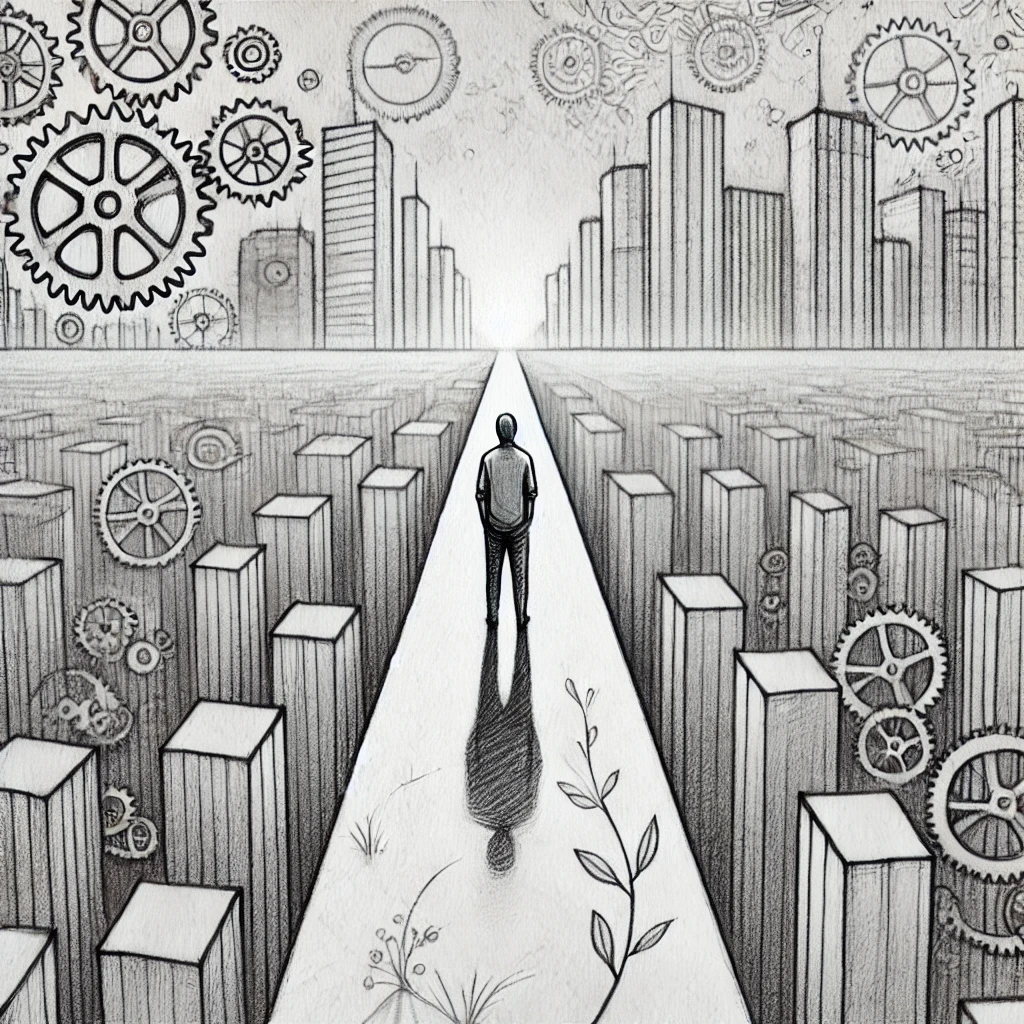
The integration of language models like ChatGPT with robotics represents a significant leap towards creating more intuitive and responsive machines. Language models excel in understanding and generating human language, enabling more natural and effective communication between humans and robots. When combined with AI world models, the synergy can lead to robots that not only perform tasks but also understand instructions, engage in meaningful dialogue, and collaborate seamlessly with humans.
- Natural Language Understanding: Language models enhance robots’ ability to comprehend complex instructions and nuanced commands. This capability is essential for applications in service robotics, healthcare, and personal assistance, where clear and context-aware communication is paramount.
- Contextual Awareness: By leveraging world models, language models can interpret language within the context of the physical environment. For instance, a robot can understand and execute instructions like “fetch the red book from the shelf” by correlating language cues with its perceptual data and spatial understanding.
- Interactive Learning: The interactive nature of language models allows robots to engage in dialogues that facilitate learning and adaptation. Through conversational interactions, robots can acquire new skills, clarify ambiguities, and refine their understanding of tasks and environments.
Applications and Implications
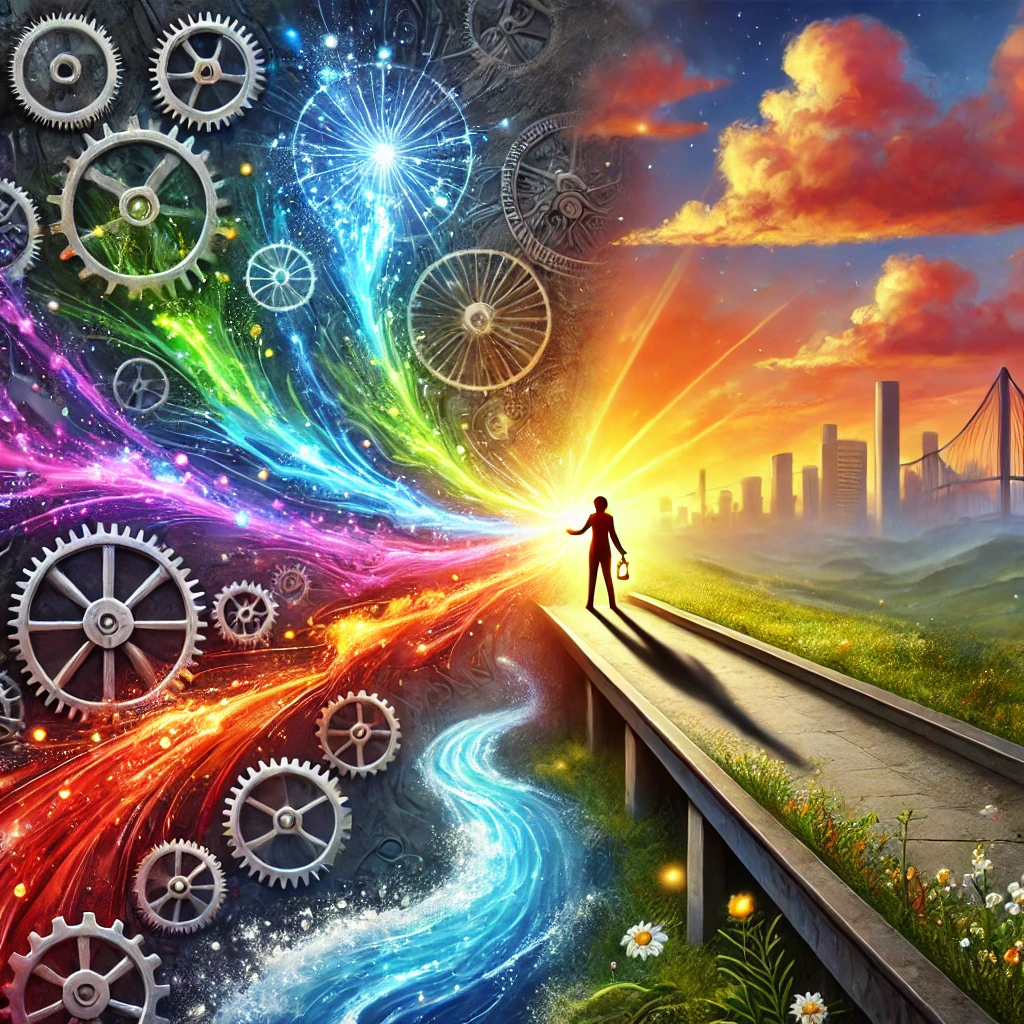
The convergence of ChatGPT-like language models and AI world models in robotics holds promise for a wide array of applications, each with profound implications for society, industry, and everyday life.
- Healthcare: Intelligent robots equipped with advanced AI models can assist in patient care, perform complex surgeries with precision, and manage hospital logistics. Their ability to understand and respond to medical professionals and patients in natural language can enhance the quality and efficiency of healthcare services.
- Manufacturing and Logistics: In industrial settings, robots can collaborate with human workers more effectively, understand complex instructions, and adapt to changing production requirements. This synergy can lead to increased productivity, reduced errors, and safer work environments.
- Personal Assistance: Home robots capable of understanding and executing a wide range of tasks can revolutionize domestic life. From managing household chores to providing companionship and support for the elderly, intelligent robots can significantly enhance quality of life.
- Exploration and Hazardous Environments: Robots equipped with sophisticated world models can navigate and perform tasks in environments that are hazardous or inaccessible to humans, such as deep-sea exploration, space missions, and disaster response scenarios.
Challenges and Considerations
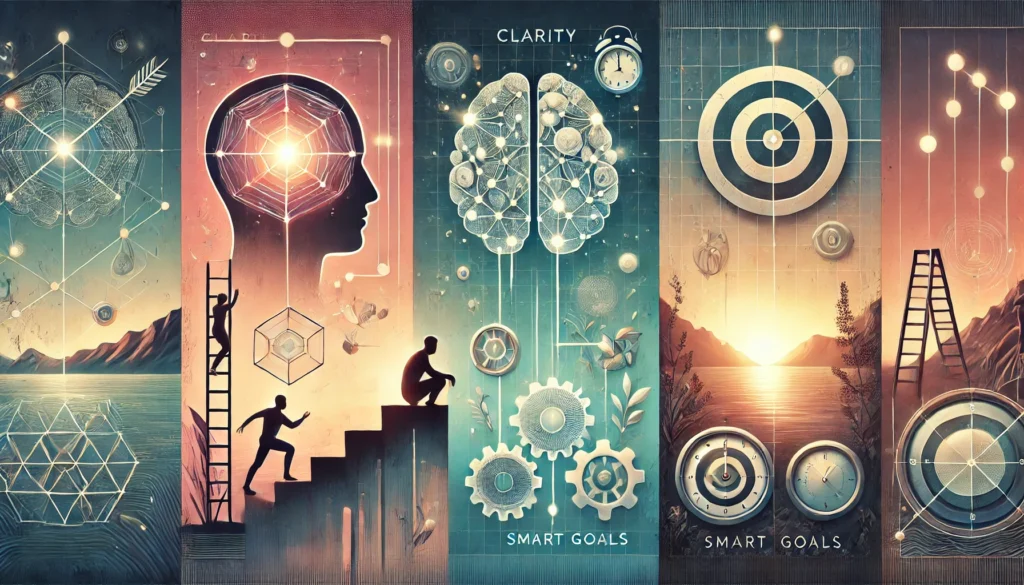
While the prospects are promising, several challenges must be addressed to realize the full potential of a ChatGPT moment in robotics.
- Ethical and Societal Implications: The integration of advanced AI in robotics raises ethical questions regarding autonomy, accountability, and the displacement of human labor. It is crucial to establish frameworks that ensure responsible development and deployment of intelligent robots.
- Technical Hurdles: Developing robust and reliable AI world models requires significant advancements in machine learning, sensor technology, and computational resources. Ensuring that robots can operate seamlessly in diverse and unpredictable environments remains a formidable challenge.
- Security and Privacy: As robots become more integrated into daily life, safeguarding against malicious use and ensuring the privacy of data collected by robots are paramount. Robust security measures and privacy-preserving technologies must be implemented to protect users and systems.
- Interoperability and Standards: For intelligent robots to operate effectively across different domains and systems, standardized protocols and interoperability frameworks are essential. This standardization facilitates collaboration, integration, and scalability of robotic systems.
The Road Ahead: Future Prospects

Looking forward, the ongoing advancements in AI, particularly in language models and world modeling, are set to propel robotics into a new era of intelligence and autonomy. Collaborative efforts between researchers, industry leaders, and policymakers will be instrumental in shaping the trajectory of this evolution. Investments in research and development, coupled with thoughtful consideration of ethical and societal impacts, will ensure that the integration of AI world models into robotics yields benefits that are both profound and sustainable.
Moreover, the democratization of AI technologies and the establishment of open platforms can accelerate innovation, enabling a diverse range of applications and fostering a vibrant ecosystem of intelligent robotics. Education and workforce training will also play a critical role in preparing society for the changes brought about by intelligent robots, ensuring that individuals are equipped with the skills and knowledge to thrive in an AI-augmented world.
Take Home
The anticipated ChatGPT moment in robotics represents a significant milestone in the journey towards creating truly intelligent and autonomous machines. By harnessing the power of AI world models, robots can achieve unprecedented levels of perception, understanding, and adaptability, paving the way for transformative applications across various sectors. While challenges abound, the potential rewards are immense, promising a future where intelligent robots seamlessly integrate into human lives, enhancing capabilities, and contributing to societal advancement. As we stand on the threshold of this new era, the collaboration between AI language models and robotics heralds a profound evolution in the symbiosis between humans and machines, shaping a future defined by innovation, efficiency, and enhanced human experiences.
